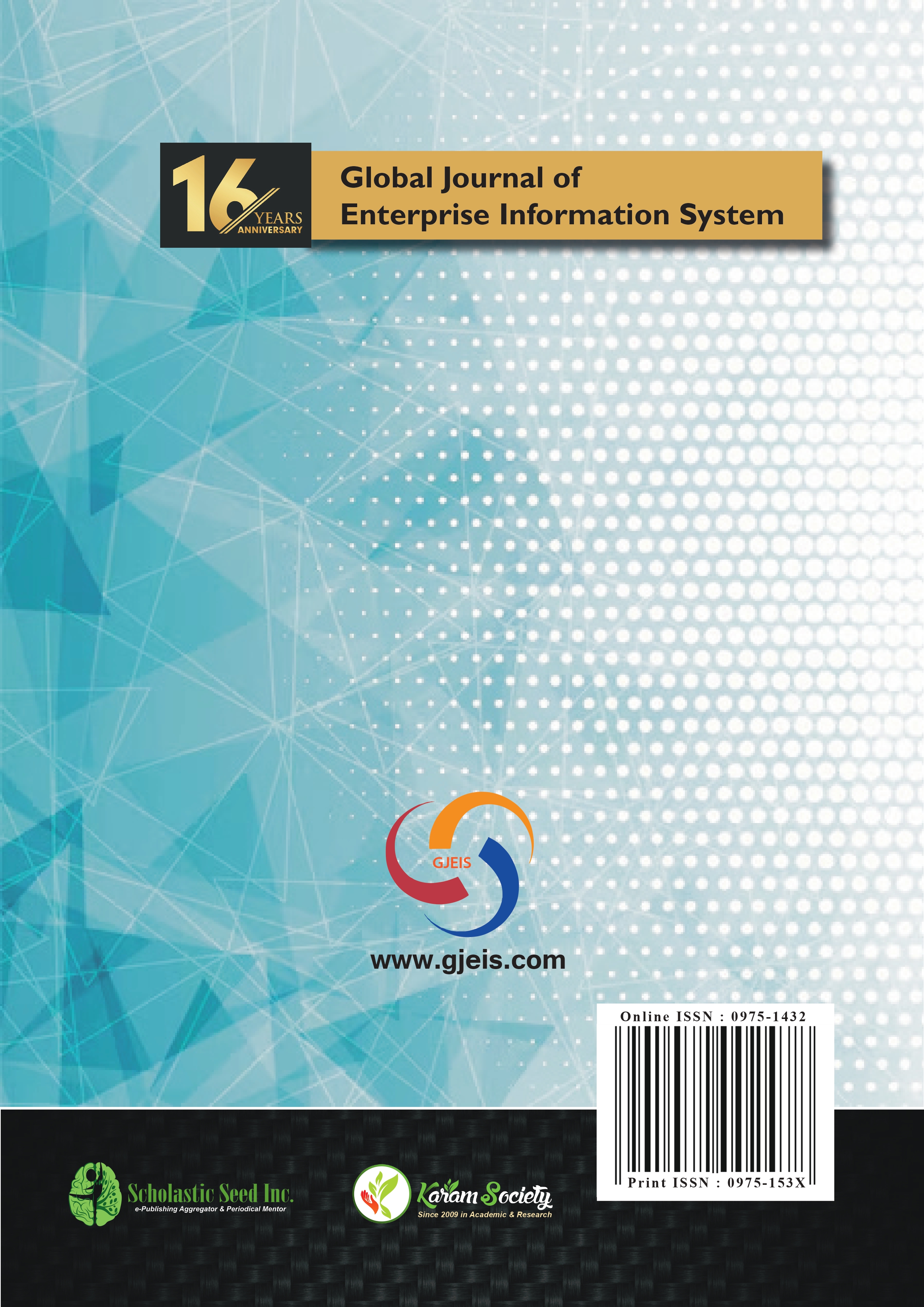Forecasting the Implementation Success of AMT in SMEs using an Integrated AHP-TOPSIS Approach
Abstract
The adoption of Advance Manufacturing Technology (AMT) requires careful planning at each level of organization due to large capital investments involved in newer technology. It has been seen in many cases that the AMTs have improved the firm's peformances,
however according to recognized practitioners there is still a possibility of project failure due to adoption of this new technology.
Hence it is always practiced to identify the major success factors that influence the adoption of AMTs. This study proposes a hybrid
model for AMT justification which takes account thirteen factors and their relative importance in the justification phase. The justification phase comprises of three sub-phases: identification of critical factors; calculation of priority weights and ranking of critical
factors and determination of possibility of successful adoption of the technology. The results showed that in order to have fruitful
result from AMT investment, the strategic issues, technology transfer and continuous support of management should be properly
organized to avoid the barriers in successful adoption of advance technologies.








